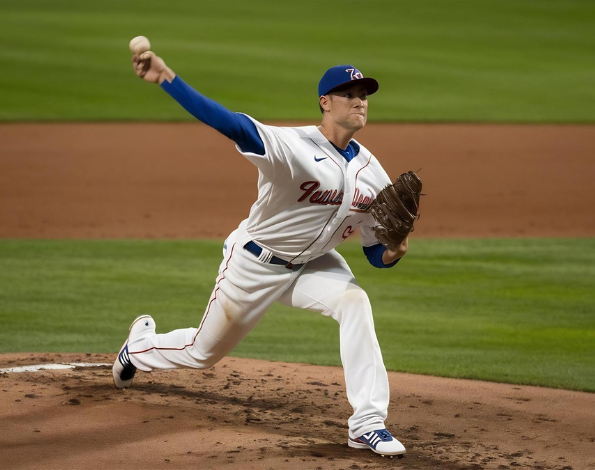Comprehensive solutions for repairing rotator cuff injuries and restoring shoulder function.
Rotator cuff repair is a surgical procedure to address tears in the rotator cuff, a group of four tendons and muscles that stabilize the shoulder and facilitate movement. The type of repair depends on the tear's size and complexity.

Overview: This procedure targets a tear in a single rotator cuff tendon, commonly the supraspinatus.
Arthroscopic or Open Technique: Small incisions are made, and the torn tendon is reattached to the humeral head using anchors and sutures.
Overview: This repair addresses tears involving two or more rotator cuff tendons, such as the supraspinatus and infraspinatus.
Arthroscopic or open surgery to reattach both tendons to the humeral head. Specialized suturing techniques ensure adequate tension and stability.
Overview: Trapezius transfer is a specialized procedure used for irreparable rotator cuff tears. It involves transferring the lower trapezius muscle to restore shoulder function.
A segment of the lower trapezius muscle is detached and rerouted to the humeral head. Tendon grafts (often using allografts) are employed to connect the transferred muscle to the bone. This procedure can be performed open or arthroscopically.
Overview: PASTA repair is a minimally invasive surgical technique for treating partial-thickness tears on the articular side of the rotator cuff tendon.
Arthroscopic Approach: A camera and specialized instruments are used to assess and repair the tear. The torn portion of the tendon is reattached to the bone using suture anchors, preserving the remaining healthy tendon tissue.